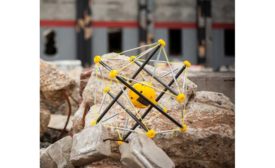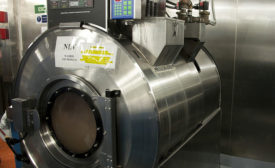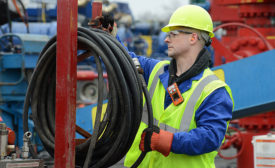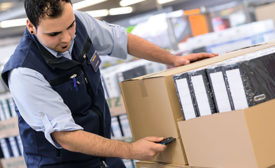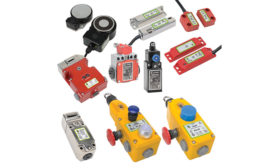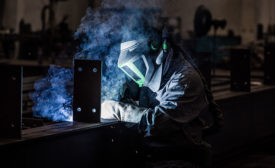Safety Technology
Squishy Robotics unveils mobile sensor robots that detect hazards and increase safety for first responders and the public
Company’s rapidly deployable sensor robots are airdropped from drones and helicopters, providing situational awareness and mitigating hazards during disasters and emergencies
May 9, 2019
A new dashboard for EHS metrics
Use these five strategies to get the most from your key performance indicators.
May 6, 2019
Maximize care, maintenance and use of FR clothing
AR/FR PPE goes through daily wear and tear rigors. Here are keys to ensuring the longevity of your investment.
May 1, 2019
Technology advances industrial hygiene instrumentation
Sensors, dashboards and waves of Big Data — we aren’t in Kansas anymore. Technology needs to earn our trust — and we need the courage to adapt
May 1, 2019
Managing air quality in weld cells
In robotic welding environments, fume levels rise as production volume increases
April 30, 2019
This year’s top trends in knives consider ergonomics & reduce safety hazards
Cutting-edge designs
April 29, 2019
Bypass-resistant safety devices ensure effective machine guarding
Essential safeguarding
April 25, 2019
Innovative respiratory protection protects welders like never before
You’ve come a long way, baby
April 24, 2019
Never miss the latest news and trends driving the safety industry
eNewsletter | Website | eMagazine
JOIN TODAYCopyright ©2024. All Rights Reserved BNP Media.
Design, CMS, Hosting & Web Development :: ePublishing



